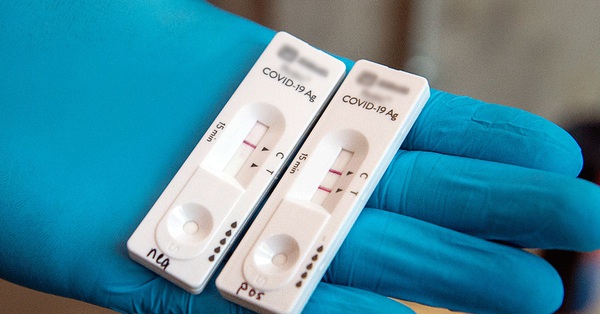AmericaThe University of Pennsylvania team discovered a new type of cell deep in the lungs that may play an important role in lung diseases.
The study was published in the journal Nature April 1st. Experts analyzed human lung tissue to identify new cells and called them respiratory secretory cells (RASCs). The cells line the small airways, deep in the lungs, near the alveolar structures, where oxygen is converted to CO2.
The team of experts discovered evidence of RASC while examining markers of gene activity in lung cells sampled from healthy donors. They quickly realized that they did not exist in the mouse lungs. These are secretory cells that reside near the alveoli and make proteins necessary for the fluid membranes of the airways.
The scientists also found similarities in gene activity between RASCs and an important cell in the alveoli, called AT2. The team has since learned that in addition to its secretory function, RASC is a precursor to AT2. They regenerate, maintain the AT2 population, keep the alveoli healthy.
According to experts, RASCs have stem cell-like properties, allowing them to regenerate other cells necessary for the normal functioning of the alveoli. They also found evidence that smoking habits and chronic obstructive pulmonary disease (common in smokers) can disrupt the regenerative function of the RASC. Stopping this disruption could be an effective approach to treating chronic obstructive pulmonary disease (COPD).

3D image of human lung. Image: Shutterstock
In people with COPD and many other lung diseases, AT2 cells become abnormal. The researchers found that a defect in the RASC could be the cause of those abnormalities. In the lungs of people with COPD and those with a habit of smoking, it seems that too much RASC’s conversion to AT2 is faulty.
“COPD is a dangerous and widespread disease, but we don’t really understand the cell biology, or why some people develop the condition. The identification of new cell types, especially New, damaged progenitor cells in COPD may lay the groundwork for new treatments,” said Dr.
COPD often causes gradual dissolution of alveoli due to chronic inflammation. It affects about 10% of the population in some areas in the US and causes about three million deaths globally each year. Patients are usually prescribed steroid anti-inflammatory drugs or oxygen therapy. But these forms of treatment can only slow the progression of the disease, not stop it.
Professor Edward Morrisey, co-author of the study, said further research is needed. But the new findings could pave the way for the treatment of COPD by restoring the conversion of RASCs to AT2, even by adding healthy RASCs to damaged lungs.
Thuc Linh (According to Science Daily)
at Blogtuan.info – Source: vnexpress.net – Read the original article here


